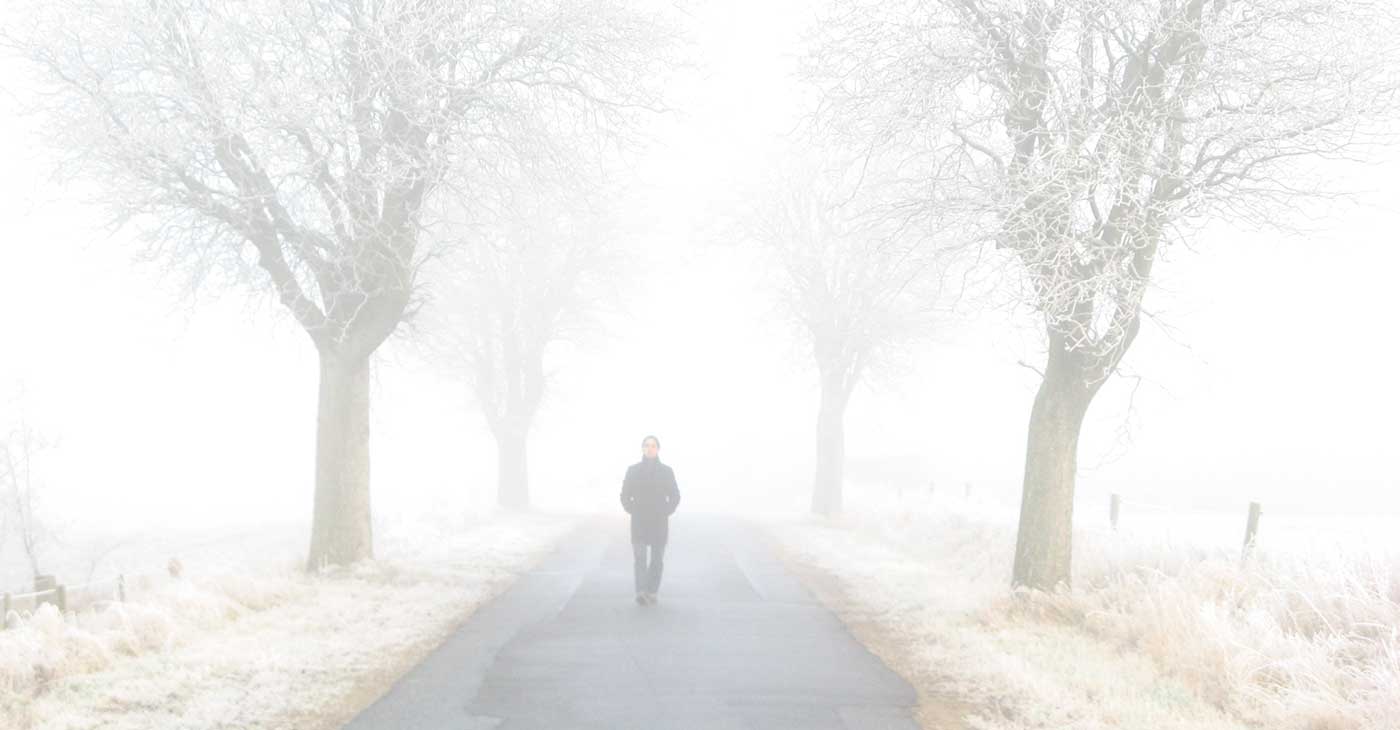I recently found the photo I am using for this months’ blog entry. I have no recollection of seeing it before, but I can relate to it on a deeply physical and emotional level. I see how ingrained a relationship with the transcendent is, as I gaze at this one year old with her hands clasped in prayer. To me she represents purity, honesty and an omniscient connection. This position had meaning then, and does for me now.
In my last article I talked about being able to name experiences so we can claim them. We saw that feelings and sensations are intrinsically linked. When we resonate with feeling, there is a corresponding physical sensation. Respectively, we may have a sensation, and search to name the feeling and its meaning.
Sensations are part of our implicit memory, that is: tissue memory, perceptual memory, haptic memory, kinesthetic experience, all this is related to our skin, and fascial systems and is also based on our physical experience of being. We learn through moving.
The first 3 years of our lives are spent learning to learn by moving and having responses from the environment, which includes our family members. Through being held, the intonation of the voices of our loved ones, feeling their gaze on us, touching and grasping items, we learn about soft and hard things, the colour of things, and the relationship of things.
We learn who cares for us, we learn funny things, and “owwy” things, and “warm fuzzy” things (note “things” are feelings). We learn what happens when we move our leg across our body, or what it feels like to hold our knees. We learn what it is to be safe, secure and loved, or not. These experiences are recorded in our physical body via our fascia and so we have a record of our life’s events in our non-conscious realm.
Explicit memory revolves around our conscious recollection of events. It relies on language. Our hippocampus is not fully developed until we are 3 years old, so in general, we do not remember language, which clarifies the feeling and sensorial memories we have already experienced, until then.
I was raised in a committed Roman Catholic household. For me the actions of standing and kneeling, making the sign of the cross, the droning tone of reiterating the Hail Mary and Our Father, the sounds of singing and bells, the depth of colour in the stained glass windows, the firmness of the stone pillars, and the smell of incense, all anchored these sensations to the sacred and transcendent in my body. At times my spirit soured.
I am grateful to my mother for teaching me how to put my hands together in front of my heart. I am thankful to her for giving me this early gift of contemplative practice. I do believe it was my first “felt sense” of connection with a force greater than me. My mother had a deep and abiding relationship with the Divine and a daily prayer practice that sustained her in times of joy and of strife, conflict, and loss. By teaching us to pray at such an early age, she was ensuring her kids’ had a similar support.
As I came into my individuating young adulthood, I had many transcendent moments in nature and was in awe with the creative life force that moved through me and connected me to the rest of the universe and to my understanding of the Cosmic Christ. It did not match patriarchal religious dogma. My curiosity led me to explore other religious traditions and philosophical views on the nature of being, and I saw the relationship they all have with the Divine/transformative.
I am grateful for the “spiritual snippets” that ring true with me. When things really go awry and life gets ‘crunchy’, or down right awful, I remember, “Not my will, but thy will be done.” then I ask “please help me bear the burden.” Something in me often softens.
Biblical stories and parables help me to understand the existential nature of our being. We are born and are beings unto death, and life is hard. Richard Rohr, a wonderful Franciscan and spiritual leader of contemplative prayer, explains how great love or great pain, are routes to transcendence. It is our responses and recognition of the mystical moments that help us to be resilient.
Like Job, I get steadfast, “God gives to me he takes away, blessed be the name of God today, and he was doubly blessed for his fidelity” (this is sung to a very bouncy tune, and so it stays with you). I know that Job’s troubles are a story to help me through mine. With steadfastness, I state ”I am where I am, this is what it is, this is painful, but I am not alone and this is for my evolution.”
I witnessed my parents move through many difficult life experiences and the way they did so taught me. They modeled wisdom and grace, they continued to grow and to admit they made mistakes. They said “I am sorry.” They aimed not to judge. They listened and held space for those who were weary. They held the big cosmic interconnected picture, and aimed to share how we are all part of the Oneness of the Divine. They knew love is a verb, an action that they practiced daily and were generous with.
So the little girl with her hands in prayer is grateful for the physical beginning that held the sensibilities that they wanted to impart. My practice has evolved and involves the following steps. The five qualities of:
- curiosity,
- wonder and awe,
- interconnectedness,
- meaning,
- resiliency.
I am curious – how is this event helping me? How am I, or the universe organizing this experience? How am I drawing this to me? What do I need to learn here? I look to where this lands in my body. I invite archetypal support into my heart. I try to quiet my grasshopper mind by focusing on my breath, I look for stillness, I breathe out, spending more time on the exhale because I know that puts me into a parasympathetic state, (where I rest and digest and heal).
I may pace slowly paying attention to the shifting of my weight until I am able to respond to the situation I am in, and not react to it. By slowing down and allowing my soul-self to become quiet, I become grounded in my body and am able to listen and receive. I get bodywork help in the form or a somatic exploration, a walking meditation, or CranioSacral work.
When I cannot see or understand, I go to nature and see wonder and awe in the universe. I know the world is ensouled “The rocks and stones themselves will start to sing”, so I look for interconnectedness and take any thing that the universe sends me and do not qualify it. I have a particular affinity with trees, and love the first moment of stillness when I first step into a wood.
I look for meaning, I will look up the characteristics of the thing that caught my attention. I allow a poem or a sonnet or a psalm to fall into my lap. I recognize I am in my shadow stuff and have to stop fighting with myself…my wants and my will. This is where “not my will but thy will be done” floats to my consciousness. Another biblical reference from Isaiah that has helped me is “God’s thoughts are not our thoughts, God’s ways are not our ways”
I recognize when I am in my shadow egoic, fearful stuff. I know I have to stop fighting with myself and give up my will. I understand I have to be in this place. I also know that there are others who have felt this bad before me, and others will feel this bad after me, this is the interconnectedness and perhaps what Richard Rohr would describe as Dark Grace. I then try to remember there are people out there who truly know me and I matter to them. I try to receive their loving gaze – this is how I build resiliency.
I wait…it might be very very quiet. I have to be in this place. As a favorite prayer goes, “awaken all who are careless about eternal things.” I know that there are others (this is also interconnectedness), others who have felt this bad before me, and others who will feel this bad after me. I try to remember there are people out there who truly know me and I matter to them. I try to receive their loving.
I wish you all an experience of embodied spirituality at this turn of the seasons.
Merry Christmas and Happy New Year.
Until next month – be well.











